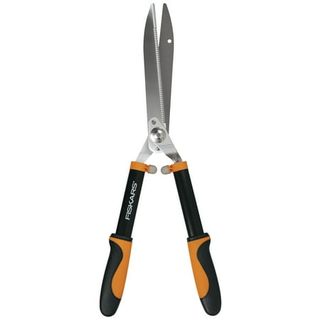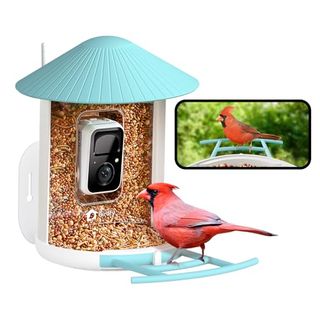When is it too late to cut hedges to protect nesting birds? Expert advice on legal regulations and keeping songbirds safe in your yard
Hedge-cutting at the right time is important to safeguard breeding birds
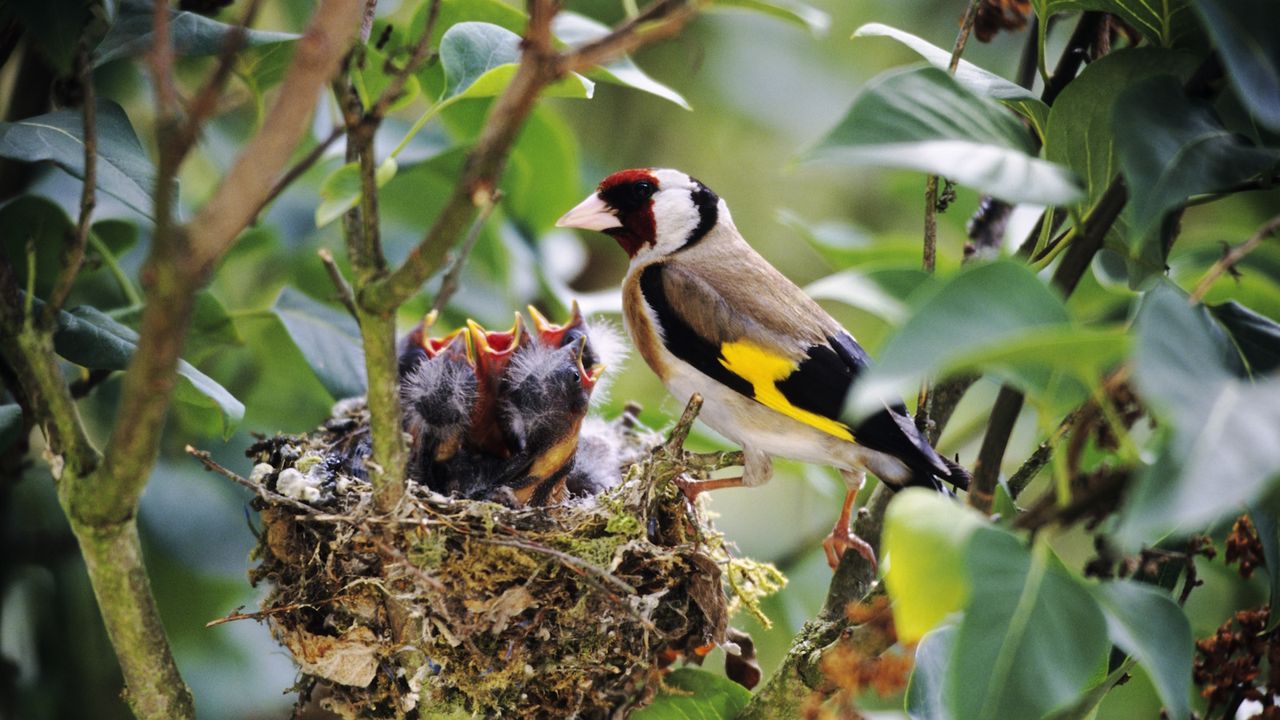

Gardeners take pride in neat, well-clipped hedges, but as spring approaches, it is vital to consider the impact of pruning on nesting birds. Robins, finches and wrens will soon be busying themselves collecting twigs and garden debris to build their nests, and hedges serve as essential sanctuaries, offering shelter from predators and cover from harsh weather. For this reason, timing your hedge pruning to avoid disturbing these natural habitats is crucial.
In many regions, local wildlife agencies now advise against cutting hedges during the nesting season, warning that even well-intentioned maintenance can have harmful consequences, and, in some cases, may even violate local regulations. So, while maintaining sharp hedges might be appealing, remembering that we share our yards with wildlife is important.
Here, one wildlife expert explains exactly when to prune hedges and when to postpone maintenance to protect nesting birds, providing practical tips on legal guidelines to help you stay on the right side of the law while protecting feathered friends.
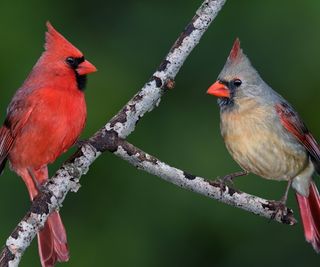
When to cut hedges to protect nesting birds
If you are interested in wild gardening or wildlife garden ideas, chances are you will be keen to invite nesting birds into your plot. Providing dense hedging is a surefire way to do this. As a gardener, I have found that dense, spiky plants, such as holly, hawthorn and pyracantha, are always popular with robins and other songbirds. Whatever boundary plants you grow, however, knowing when to cut hedges to protect nesting birds is important.
When is it too late to cut hedges to protect nesting birds?
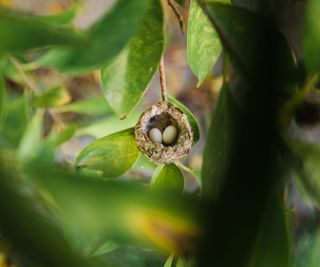
'The timing of hedge cutting should always take nesting season into consideration, and this will vary depending on the bird species, region and climate,' says Siobhan Shaw, wildlife gardening expert and founder of Growing to Give.
'Generally speaking, the nesting season kicks off around February 1 in warmer southern regions like Phoenix (found in US hardiness zone 10), while up north in places like New York (US hardiness zone 7), it starts closer to the end of March,' Siobhan says. 'Either way, if you are wondering when and how to prune hedges, most people will want to get this job done by the end of February, and won't be able to trim again until late August, when most nesting is wrapping up for the year.
'Some birds have multiple rounds of nest-building during one season,' Siobhan continues. 'Ever noticed how the season starts with a lone quail couple, and by summer’s end, there’s a whole army of them scurrying from bush to bush? That’s because they’ve been busy. And, that’s exactly why you don’t want to go full Edward Scissorhands on your trees and shrubs when birds are trying to raise their young.'
As Siobhan says, the nesting season will vary depending on where you live and the bird species, but the best approach is to get the job done early to avoid harm. If you require a new pair of shears, why not invest in Japanese gardening tools that will get the job done year after year? These Suizan hedge shears, available to order from Amazon, are stylish and effective, with impressive reviews too.
'Big picture? Pruning should be minimal year-round,' Siobhan says. ' With long, hot and dry summers, we can’t afford to keep stripping away the natural canopy of trees and shrubs which is vital for birdlife and biodiversity, particularly when they are nesting.'
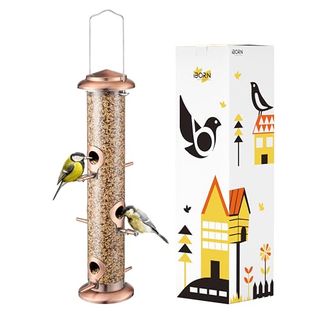
With several ports and perches, this feeder will prove popular with local songbirds, providing nourishment for robins and finches all year long.

Siobhan is the co-founder of Growing to Give, a dynamic global nonprofit dedicated to transforming community-focused food security and agriculture through sustainable farming and gardening practices. Siobhan is a passionate advocate for women's empowerment in agriculture, mentoring women who aspire to careers in the field. Siobhan also continues her decades of podcasting as the host and co-producer of the health and well-being podcast titled Real Talk.
What does the law say about nesting birds?
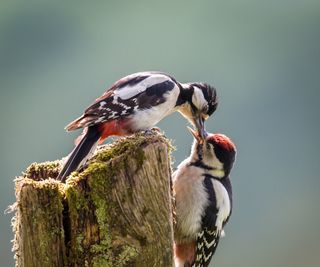
'So, you've got a bird's nest in your hawthorn hedge or perched atop your shed, and you're wondering, can I move it? Well, before you do, it is sensible to know what the legal regulations require of us,' Siobhan says.
'In the United States, the Migratory Bird Treaty Act (MBTA) makes it illegal to "take" (this includes disturbing, moving, or destroying) any active nests of native bird species without a permit.
'To be clear, an active nest is one that has eggs or chicks or is being actively constructed,' Siobhan says. 'Unless you have a valid permit, it is both ethical and legal to let those nests be.'
Therefore, if a bird is nesting in your hedge, and your heavy-handed pruning disturbs and damages that nest, you are breaking the law. For up-to-date regulations, check with the U.S. Fish and Wildlife Service or your state’s wildlife agency.
'If a bird decides your porch light is prime real estate, it can be inconvenient,' Siobhan says. 'However, moving an active nest can cause the parent birds to abandon it, leaving eggs or chicks without care. In this instance, you should always consult local wildlife authorities to ensure compliance with laws and to get guidance on how to proceed, but generally speaking, all birds nesting in hedges should be left alone.'
How to identify nesting birds
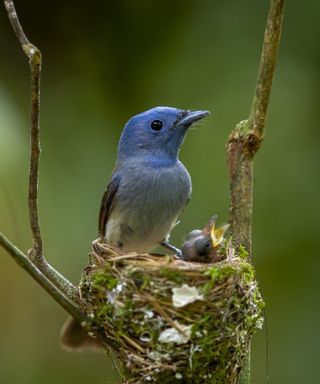
'In late winter and early spring, you will begin to notice lots of fervent bird activity, the picking of moss and removal of fallen leaves or twigs,' Siobhan says. 'This is where being in tune with nature really pays off. Watch them closely, and follow where they go.'
Birdwatching is made remarkably easier with the right equipment. Try these Occer binoculars, available from Amazon - with 12x magnification, these small but mighty binoculars will help you identify where songbirds are building their nests.
Red cardinals, for example, will start building their nests in hedges in February, taking anywhere from three to nine days to build a home they are happy with. You will be able to spot the crimson-red males picking up bits of debris from borders and pots.
'Other telltale signs? Birds may become territorial,' Siobhan says. 'If you suddenly feel like you’re being dive-bombed while walking past a certain tree - congratulations, you’ve found a nest! Mockingbirds, in particular, can get very protective.
'My final tip is to use your ears,' Siobhan adds. 'Birds will get chattier during nesting season, so if a normally quiet bush suddenly sounds like a heated town hall meeting, there’s probably a nest in there.'
FAQs
Will birdhouses deter nesting in hedges?
Installing birdhouses in your yard is a good idea and will attract some species, including robins, chickadees and wrens. For example, this natural wooden birdhouse, available from Walmart, would prove popular with smaller songbirds. However, some birds do not use birdhouses, including mockingbirds and cardinals. So, while having one or two birdhouses in your yard can help to attract some birds, there will still be many others who opt to nest in hedges.
With the ongoing bird flu epidemic, it is more important than ever to support breeding birds. While it might not seem like much, the best thing gardeners can do is to avoid disturbing nests by pruning hedges early in the year and holding off trimming again until late summer. This will give any local parents the best chance of raising their young. For more information on how you can keep birds safe, see our guide to infected bird feeders and how to keep yours clean.
If you are looking for a new wildlife gadget to try this year, why not consider installing a bird feeder camera? These impressive accessories will allow you to take high-definition images of your favorite visiting birds. Our guide has all the information you need to know.
Sign up to the Homes & Gardens newsletter
Design expertise in your inbox – from inspiring decorating ideas and beautiful celebrity homes to practical gardening advice and shopping round-ups.

Thomas is a Content Editor within the Gardens Team at Homes and Gardens. He has worked as a professional gardener for both public spaces and private estates, specializing in productive gardening, growing food and flowers. Trained in Horticulture at the Garden Museum, he has written on gardening and garden history for various publications, including The English Garden, Gardens Illustrated, Hortus, The London Gardener and Bloom. He has co-authored a Lonely Planet travel book, The Tree Atlas, due out in 2024.
You must confirm your public display name before commenting
Please logout and then login again, you will then be prompted to enter your display name.
-
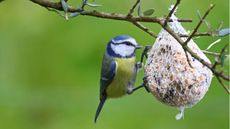 Avian experts urge gardeners to add a potato to their bird feeders this spring, with one important warning
Avian experts urge gardeners to add a potato to their bird feeders this spring, with one important warningThis occasional cooked potato is good for their health and will encourage birds to make repeat visits to your yard
By Tenielle Jordison Published
-
 Kelly Ripa and Mark Consuelos's 'old money-style' kitchen cabinets bring a 'touch of formality and tradition' – the results are truly timeless
Kelly Ripa and Mark Consuelos's 'old money-style' kitchen cabinets bring a 'touch of formality and tradition' – the results are truly timelessThe actress's glass cabinets are sleek and elevated, as well as acting as a display case for glassware and dishes in the kitchen
By Hannah Ziegler Published
-
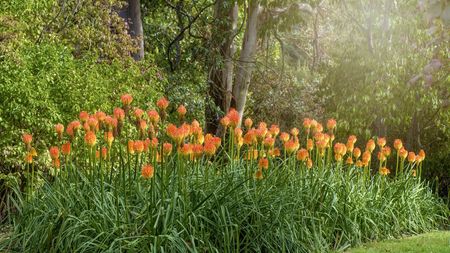 How to grow red hot poker – for low-maintenance and long-lasting flower spikes that pollinators adore
How to grow red hot poker – for low-maintenance and long-lasting flower spikes that pollinators adoreIf you enjoy colorful, vibrant borders, there can be no better perennial to grow than red hot pokers
By Thomas Rutter Published
-
 Best perennials to attract hummingbirds – 5 fantastic flowers to grow, as recommended by master gardeners
Best perennials to attract hummingbirds – 5 fantastic flowers to grow, as recommended by master gardenersThese colorful and fragrant perennials will prove popular with hummingbirds and other pollinators
By Thomas Rutter Published
-
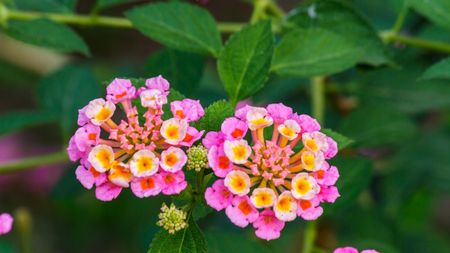 How to grow lantana in pots – and transform even tiny gardens with masses of kaleidoscopic flowers this year
How to grow lantana in pots – and transform even tiny gardens with masses of kaleidoscopic flowers this yearFor colorful and wildlife-friendly blooms, there can be no better plant than lantana
By Thomas Rutter Published
-
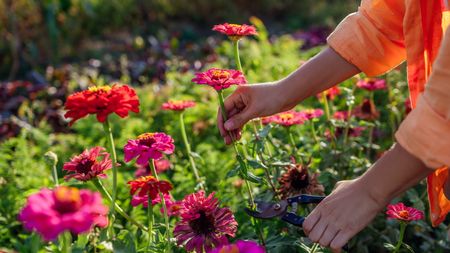 7 dazzling cut flowers to plant in April for bountiful blooms to enjoy in bouquets, vases, and displays this summer
7 dazzling cut flowers to plant in April for bountiful blooms to enjoy in bouquets, vases, and displays this summerDiscover sowing tips from an expert horticulturist
By Drew Swainston Published
-
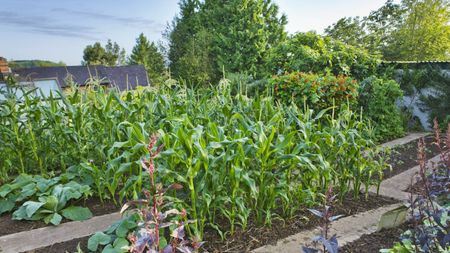 7 of the best vegetables to plant in April, with sowing tips from an experienced grower for bumper harvests
7 of the best vegetables to plant in April, with sowing tips from an experienced grower for bumper harvestsFrom broccoli to zucchini, April is a fantastic time to plant a wide range of vegetables
By Drew Swainston Published
-
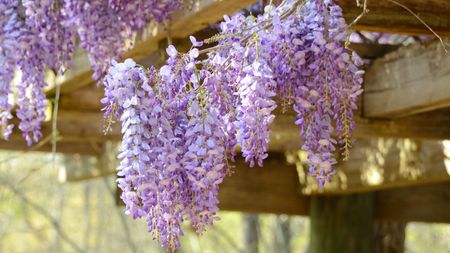 Best fragrant spring-flowering perennials – 5 charming choices to infuse delightful scent in your yard this season
Best fragrant spring-flowering perennials – 5 charming choices to infuse delightful scent in your yard this seasonSpring is full of so many beautiful aromas, uplifting our yards and making them an even more pleasant place to be
By Tenielle Jordison Published
-
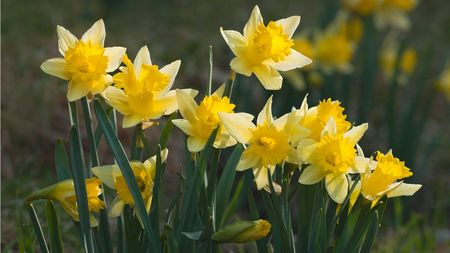 Is it too late to plant daffodil bulbs in March? Expert advice on making late planting a success
Is it too late to plant daffodil bulbs in March? Expert advice on making late planting a successThese stars of spring should be planted in fall, but that doesn't necessarily mean you've missed your opportunity once spring comes around
By Tenielle Jordison Published
-
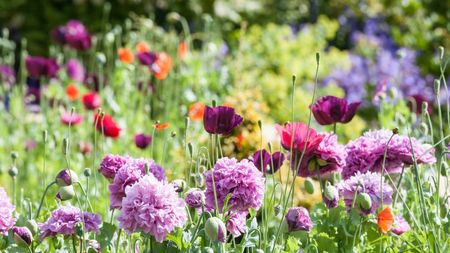 Do these 5 early-spring garden tasks right now, experts say, for an abundant growing season ahead
Do these 5 early-spring garden tasks right now, experts say, for an abundant growing season aheadNow is the perfect time to prepare your backyard for a successful gardening year
By Tenielle Jordison Published
